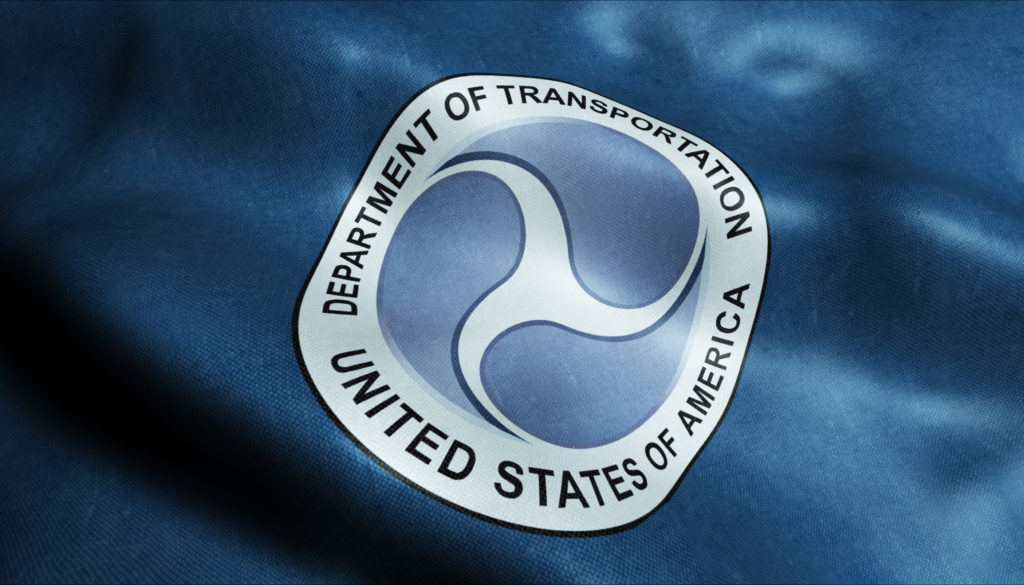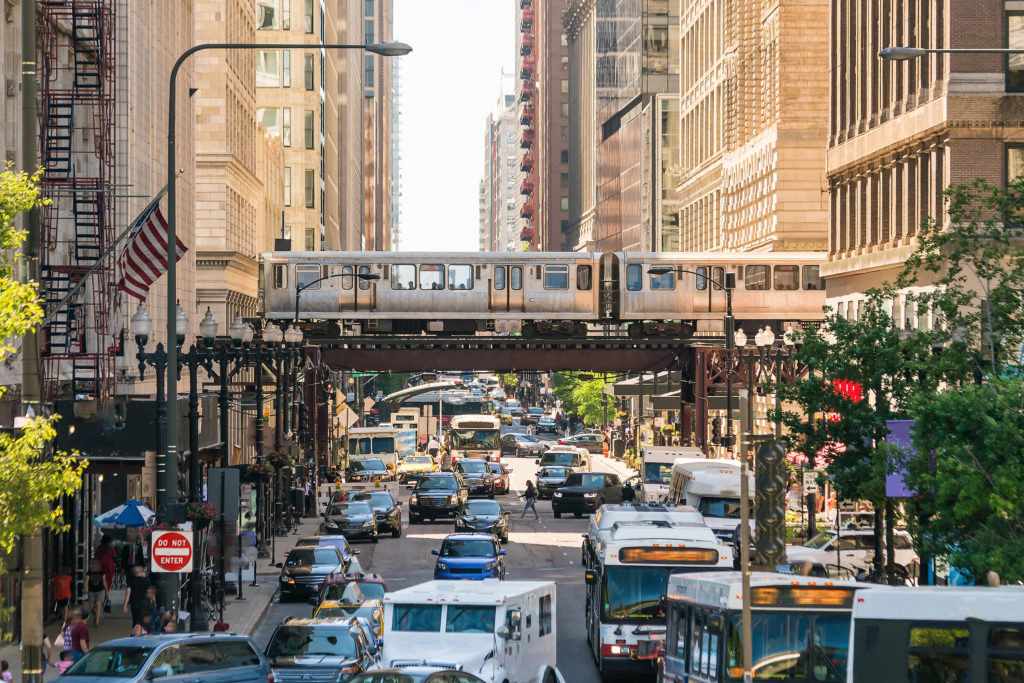
Transportation Secretary Elaine Chao says she is planning to amp up the Department of Transportation’s efforts in supporting truckers throughout the country during this pandemic.
According to Chao, the federal government will soon begin working on new methods of improving national infrastructure, possibly by using funds from the COVID-19 relief package of $2.2 trillion. Chao also emphasized the importance of recognizing the efforts of truckers who are working harder than ever to meet the demands of this challenging time.
“I don’t think many Americans think about the supply chain much during ordinary times,” she said, “But now that phrase–the supply chain–is being talked about everywhere. So many more people now understand that it’s due to truckers and trucking companies that food shelves in a supermarket get stocked, or that gasoline stations are able to sell gasoline.”
So far, the DOT has temporarily waived of the hours-of-service requirements that were amended in mid-March by the Federal Motor Carrier Safety Administration, provided temporary enforcement discretion for drivers transporting hazardous cargo (such as lithium batteries and gasoline, and highly-sought-after goods like hand sanitizers), and has given hazmat drivers a 90-day relief period from taking hazardous material refresher courses that are typically required every three years.
Chao said the reasoning behind these decisions is that efficient delivery of these materials, as well as household goods, food, water, and medical supplies, is especially important right now.
“All these products don’t appear by magic,” she explained. “We are able to live and take care of our families during this very special time because of the hard work of truckers throughout the country.”
The FMCSA has also granted certain exceptions until at least June 30th for some expired commercial driver licenses and learner’s permit medical certifications, and has also restructured current guidance around drug and alcohol testing requirement compliance.
Chao also praised the efforts of the interim chief of the FMCSA and his work with individual states to keep rest areas open.
“We’ve heard from a lot of people in the industry about concerns that some states may close rest areas,” she said. “So, I’ve had FMCSA acting Administrator Jim Mullen reach out and work with the state departments of transportation and other relevant entities to keep this critical infrastructure open, so that more carrier drivers have a safe place to rest.”
In addition to these regulation relaxations, the CARES (Coronavirus Aid, Relief, and Economic Security) Act is providing small business loans and a Paycheck Protection Program to many small trucking companies.
“After an initial sharp rise in demand to restock shelves and deliver supplies, the decline in economic activity has had negative consequences for the industry with decreases in freight volumes and rates since their peak during the public health emergency in the 3rd week of March,” said Chao in a DOT blog post. “Certain sectors of the industry have been hit harder than others, and the emergency affects trucking companies of all sizes. Many independent drivers and smaller trucking firms, which employ 90 percent of all truck drivers, are struggling to survive.”
Chao also mentioned that trucking firms can utilize loan opportunities from the Small Business Administration, which has made additional funds available during this crisis.
“We hope that truckers and others can see that the U.S. Department of Transportation is looking out for their interests and helping the country regain our economic vitality and vibrancy,” said Chao.
The allocations from the CARES Act could also potentially go into infrastructure, according to Chao.
“The monies have not gone out yet,” she explained. “Let’s see how that will help people. We hope it will help a lot. The Department of Transportation has a mandate to get out transit grant dollars, and we are hard at work. We’re going to meet the deadline to get that money out.”
Chao also wanted to offer her gratitude to the truckers erving the country at this time.
“I know that it has not been easy, but the whole country is just cheering on America’s truckers,” Chao said. “I want the families and the loved ones [of] trucker drivers to know that we’re thinking about them as well. We appreciate so much their support for their loves ones–the truck drivers–so that they can perform an essential service for our country during this critical time.”



